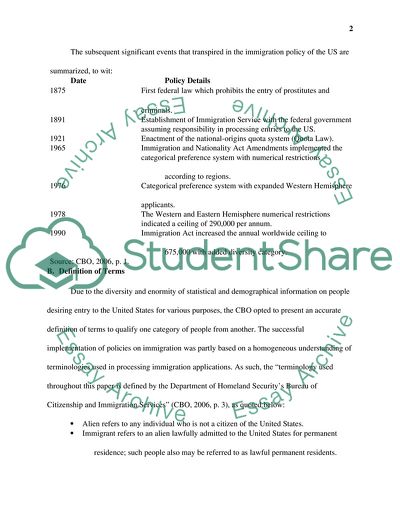Cite this document
(The Policies and Implications of Immigration in the United States Term Paper - 1, n.d.)
The Policies and Implications of Immigration in the United States Term Paper - 1. Retrieved from https://studentshare.org/macro-microeconomics/1743306-term-paper
The Policies and Implications of Immigration in the United States Term Paper - 1. Retrieved from https://studentshare.org/macro-microeconomics/1743306-term-paper
(The Policies and Implications of Immigration in the United States Term Paper - 1)
The Policies and Implications of Immigration in the United States Term Paper - 1. https://studentshare.org/macro-microeconomics/1743306-term-paper.
The Policies and Implications of Immigration in the United States Term Paper - 1. https://studentshare.org/macro-microeconomics/1743306-term-paper.
“The Policies and Implications of Immigration in the United States Term Paper - 1”. https://studentshare.org/macro-microeconomics/1743306-term-paper.


